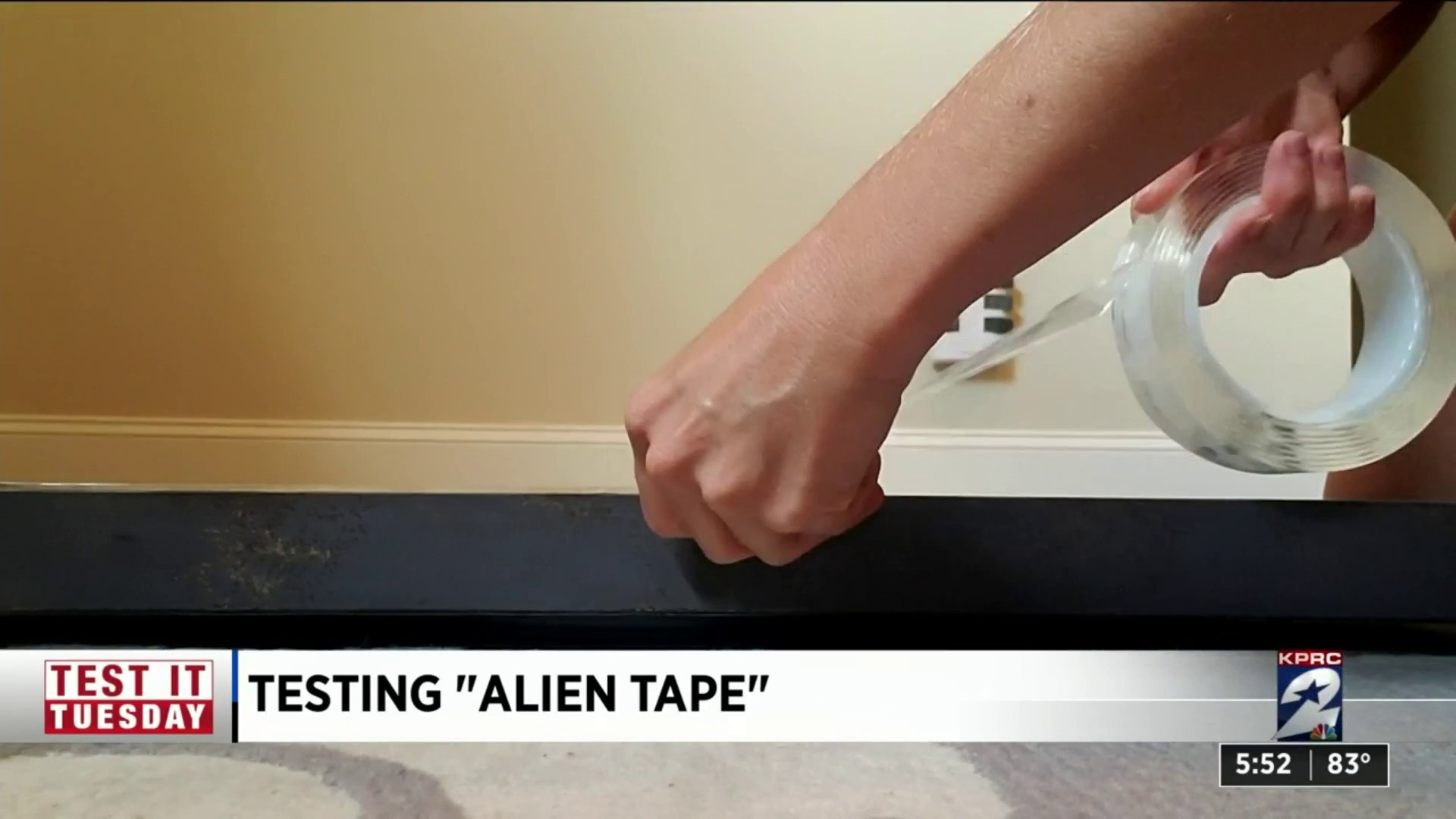
Tapping or gently knocking on the mirror – see Test #3 here – may help you tell whether it is mounted on, or installed in, a wall. Otherwise, the wall would be between the mirror and the viewer on the other side, who wouldn’t be able to see through it. A real mirror can simply be mounted on a wall, but a two-way mirror has to be installed in the wall – like a window.

To work, two-way mirrors have to be installed differently to real mirrors. So what other methods will show whether a mirror is real or two-way? Some more reliable methods As seen in this YouTube video, some two-way mirrors (possibly because they have been installed behind another sheet of glass) will show a gap between object and reflection. They are often used in places where a glass mirror might be at risk of being shattered.Īnd the “fingernail trick” doesn’t work with all two-way mirrors either. Many glassless mirrors are also “first surface”, but are much cheaper and so more common. That’s because the reflective surface is on top of, not behind, the pane of glass – hence the name “first surface”. Many exceptions to the rule, some more common than othersĪs fact-checking website Snopes explained in 1999, “first surface” mirrors ( explained in detail here ) are real – not two-way – mirrors that don’t produce a gap between an object touching the mirror and its reflection. There are also better ways to tell the difference between regular and two-way mirrors. Some real mirrors, and some two-way mirrors, are made and behave differently. It’s even recommended by glass industry and information website as a way of finding out whether a mirror is real or two-way. The finger is directly touching the mirror, so there’s no gap – hence the advice “no space, leave this place”. The gap shown in the Tumblr screenshot is the glass between the thumb and the mirror’s reflective surface.īut with a two-way mirror, there is no glass before the reflective surface. (Technically, the coating is reflective on both sides, but the side of the coating not touching the glass is covered with paint or another coating to protect the reflective material.) Most modern mirrors are made by coating one side of a pane of glass with a reflective material.īut because of the way that the reflective coating is applied, you have to look through the uncoated side of the pane of glass to see a reflection in the coated side. But someone on the other, uncoated, side will (with some exceptions we’ll explain below) see through the glass to the person standing on the coated side.Ī mirror, on the other hand, is meant to reflect all the light that hits it.

Some of the light passes through.Ī person looking at the coated side of a two-way mirror will see their reflection. Two-way mirrors are made by coating one side of a piece of glass with a reflective material, but not coating it thoroughly enough that the material reflects all the light that hits it.
Double sided mirror test tv#
It should be familiar to anyone who has watched police interrogation scenes in movies and TV shows.

Text below the photos reads : “How I learned about this was ‘no space, leave this place’ always check the mirrors in changing rooms etc, ladies.”īut is it really that easy to tell the difference between a real mirror and a two-way mirror? Will this method always work?įirst, let’s look at the difference between real and two-way mirrors.Ī two-way mirror, also known as two-way glass and one-sided glass, is reflective glass that is a mirror to anyone standing on one side, while allowing someone on the other side to see through it. In the second, labelled “2 WAY MIRROR”, there’s no gap between a finger touching a mirror and its reflection. In the first, labelled “REAL MIRROR”, there is a slight gap between a thumb pressed against a mirror and its reflection. It claims that you can tell the difference between a real mirror and a two-way mirror by touching it with a finger. It’s since been deleted, but a screenshot of the message is now circulating on Facebook. “Always check the mirrors in changing rooms,” warns a message originally posted on social media site Tumblr.


 0 kommentar(er)
0 kommentar(er)
